Lasagna is one of the most popular Italian dishes around the world. It’s a classic comfort food that’s perfect for family dinners and special occasions and is versatile thanks to its simple foundation of noodles and sauce. But whether you’re looking for a classic Italian dinner or a creative take on a traditional favorite, it all comes down to patience, detail, and the right baking time.
Baking times for lasagna depend on the size of the dish and the type of lasagna you’re making. For a standard 9x13 dish, it is recommended to bake for about 45 minutes. If you’re making a smaller 8x8 lasagna, it may only need to bake for 30 minutes. Keep an eye on the dish as it bakes, and check for doneness with a knife or a fork.
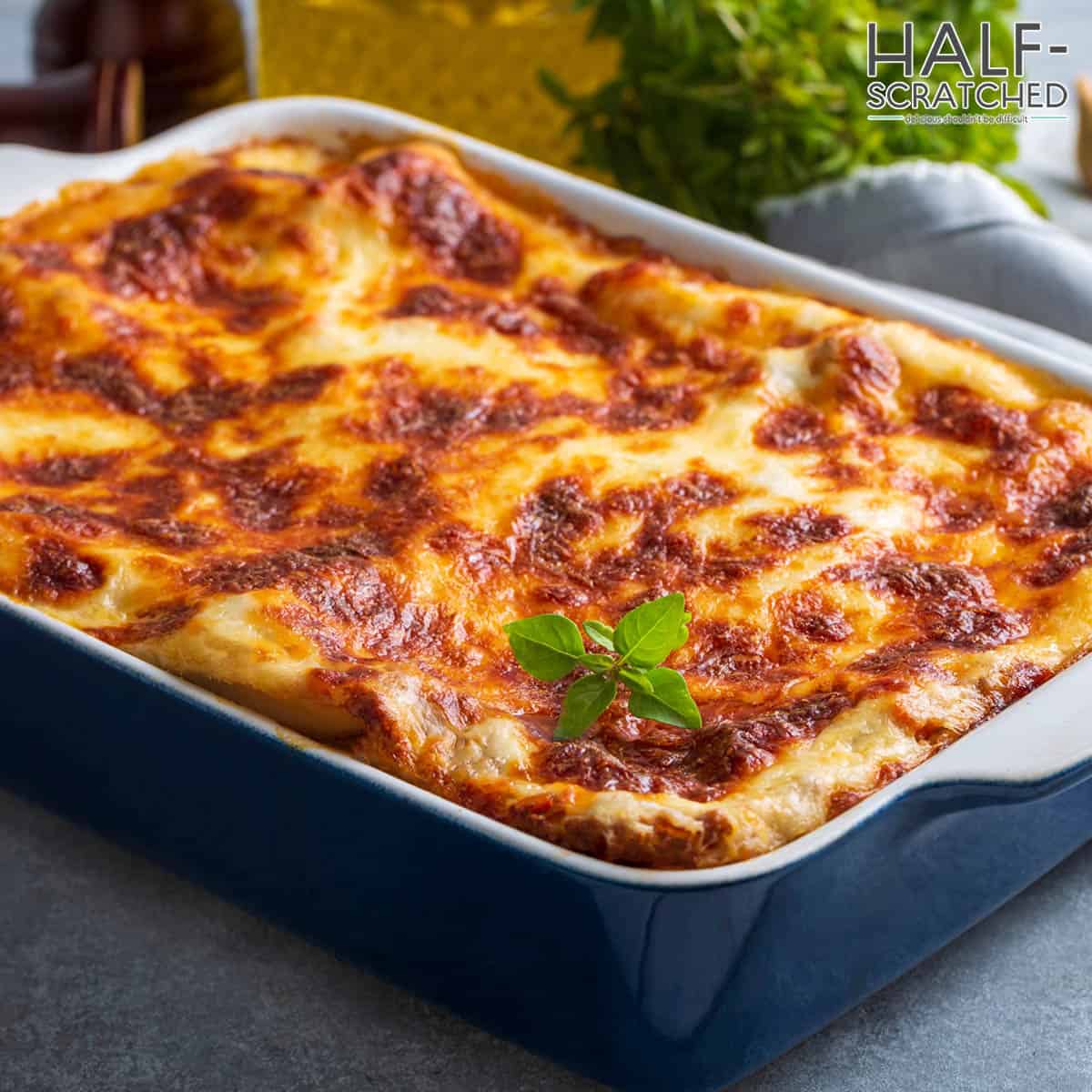
Understandably, though, baking a perfect lasagna takes practice. If you’re still unsure of how to achieve a perfectly cooked lasagna, continue reading below. This guide will explain some of the finer details of preparing and baking the dish and provide added tips to improve your overall outcome.
Even if the Individual Parts are Cooked, You Still Have to Bake Lasagna
Any lasagna recipe you’ll find will have you break the dish into three parts - the noodles, the sauce, and the filling. But just because the individual parts are cooked separately, though, doesn’t mean that the lasagna is ready to eat. The lasagna needs to be baked in order to blend the flavors and textures together.
Baking the lasagna at 400° Fahrenheit for 45 minutes should be enough to ensure that the dish is cooked through and the layers have formed into a cohesive dish. However, depending on the type of lasagna you’re making, the baking time could vary. For example, if you’re making a lasagna with a cheese filling, it may need to bake for a few minutes longer.
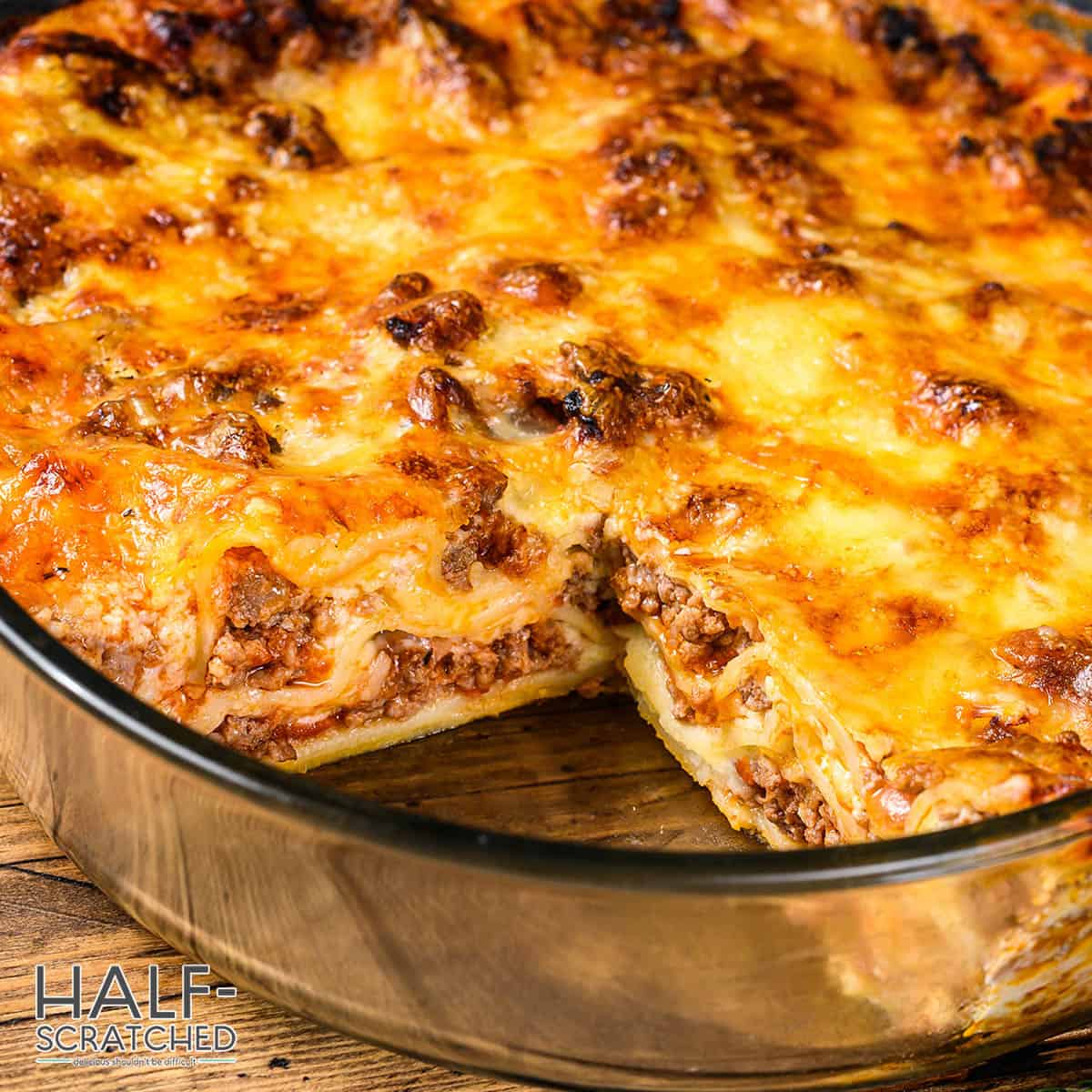
Be Sure to Cover the Lasagna with Aluminum Foil
Since you’ll be baking the lasagna for the better part of an hour, it’s important that you cover the baking dish with aluminum foil. Typical convection ovens circulate hot air over the dish, causing the top layer of the lasagna to cook faster than the bottom. Covering the dish with aluminum foil will help to keep the moisture in and prevent the top layer from burning. If you’ve chosen to add a top layer of shredded cheese, remove the foil in the last 10 minutes and set your oven to broil. Let the lasagna cook for an additional 5 minutes until the cheese has melted and the edges of the lasagna are lightly browned. Then, remove the dish and let it sit for a few minutes.
Never Serve Lasagna Straight from the Oven
While it may be tempting to immediately cut into your lasagna and start eating, it’s best to let the dish sit for at least 10 minutes before serving. This will give the lasagna time to cool down and for the layers to settle. If you try to serve it too soon, you may end up with a sloppy dish that’s difficult to manage.
However, by letting the lasagna rest for a few minutes, the layers of sauce, filling, and noodles will come together into a neatly layered dish. This will make it easier to cut and serve, ensuring that everyone gets to enjoy the perfect slice of lasagna.
Never Start Layering a Lasagna with Noodles
This is one of the most common mistakes that home chefs make when trying to make lasagna from scratch. While it may seem intuitive to first spread a layer of noodles, it’s actually best to start with a layer of sauce. This will help prevent the noodles from sticking to the pan and will ensure that your lasagna is evenly cooked.
Once your sauce is spread, then you can add a layer of noodles. Then, as you build upward, it’s important to make sure each layer of noodles is completely covered with sauce in order to prevent the lasagna from drying out during baking. Otherwise, you’ll end up with brittle shards of dried noodles within the lasagna.
How Weight and Pan Size Affect Baking Times
The type of lasagna you’re making isn’t the only factor that will affect your baking time. The weight of the lasagna and the size of the baking dish can also make a difference. The weight of the lasagna is important because it will affect how much heat is needed to cook the dish. If the lasagna is too light, it may not need as much baking time.
On the other hand, if the lasagna is too heavy, it may need more baking time. The size of the baking dish is also important. A 9x13 baking dish will typically take about 45 minutes to bake, while an 8x8 baking dish may only need about 30 minutes. This is because the smaller dish will cook faster due to the increased surface area.
Helpful Tips to Improve Your Lasagna
Beyond adjusting the basic baking times, you can improve the overall quality of your lasagna by adjusting your recipe with the following tips. These are certainly not necessary, but they can help you create a saucier, more unified lasagna.
Use Bechamel Sauce Instead of Ricotta
Although ricotta cheese may seem like the more traditional choice for lasagna, both Northern and Southern Italian chefs have historically used a bechamel sauce for lasagna. This simple white sauce helps to hold the layers together while also adding extra moisture to the dish. This way, you don’t end up with lumps of dry, un-melted ricotta cheese.
Ricotta only became a popular alternative because it’s faster and easier to use than making a bechamel sauce. However, bechamel is really nothing more than butter, flour, and milk. As long as you take your time, watch it carefully, and follow the directions, you too can make a traditional and delicious lasagna with bechamel.
Strain the Oil from the Ground Beef
As you’re making the filling for your lasagna, you may be tempted to pour the entire contents of the pan into the lasagna dish. However, this can cause it to become greasy, oily, and unmanageable. To prevent this, strain the oil and fat from the ground beef before adding it to the tomato sauce and other ingredients.
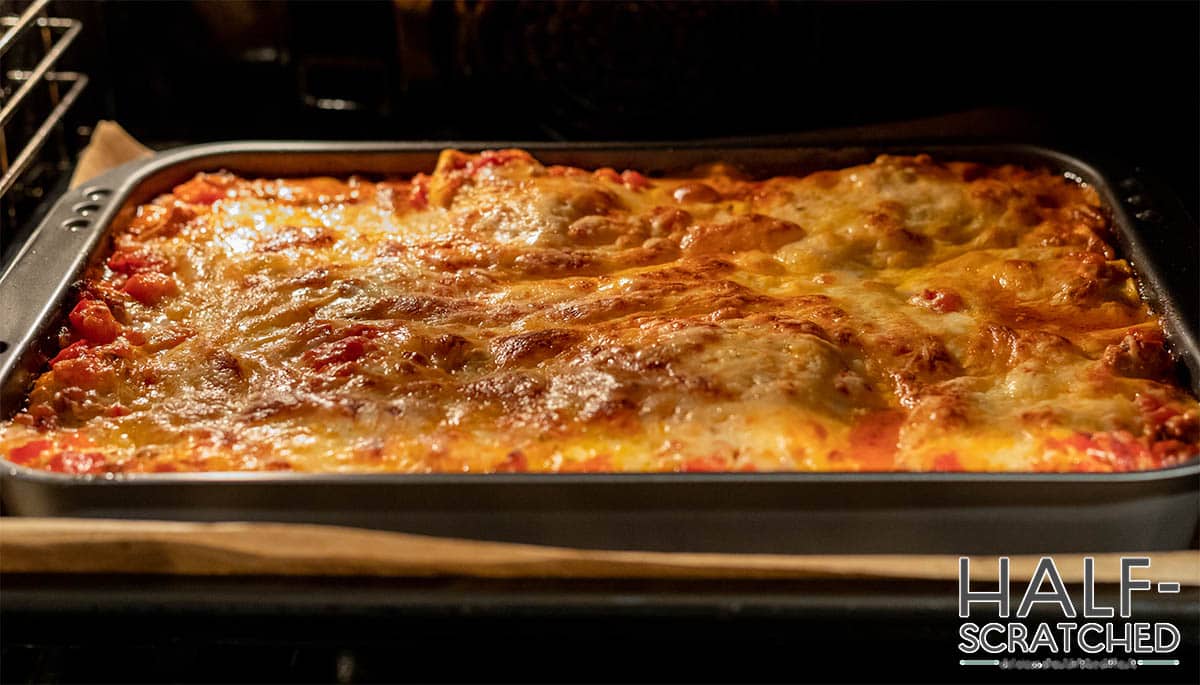
Weigh Out the Ingredients to Make the Perfect Layers
If you order lasagna at a restaurant, you’ll notice that the individual layers are almost perfectly uniform, as if in a cake. While this may seem difficult to achieve at home, it all comes down to precision. To achieve perfectly even layers, simply weigh out each layer before adding it to the baking dish. This will help you create an evenly distributed lasagna that looks as good as it tastes.
Use a Glass or Teflon Baking Dish for Easy Clean-Ups
As delicious as lasagna can be, it’s unquestionably a messy meal to clean up. To make the process easier, use a glass or Teflon baking dish. These materials are non-stick and will make it easier to remove the lasagna from the dish after it has been cooked.
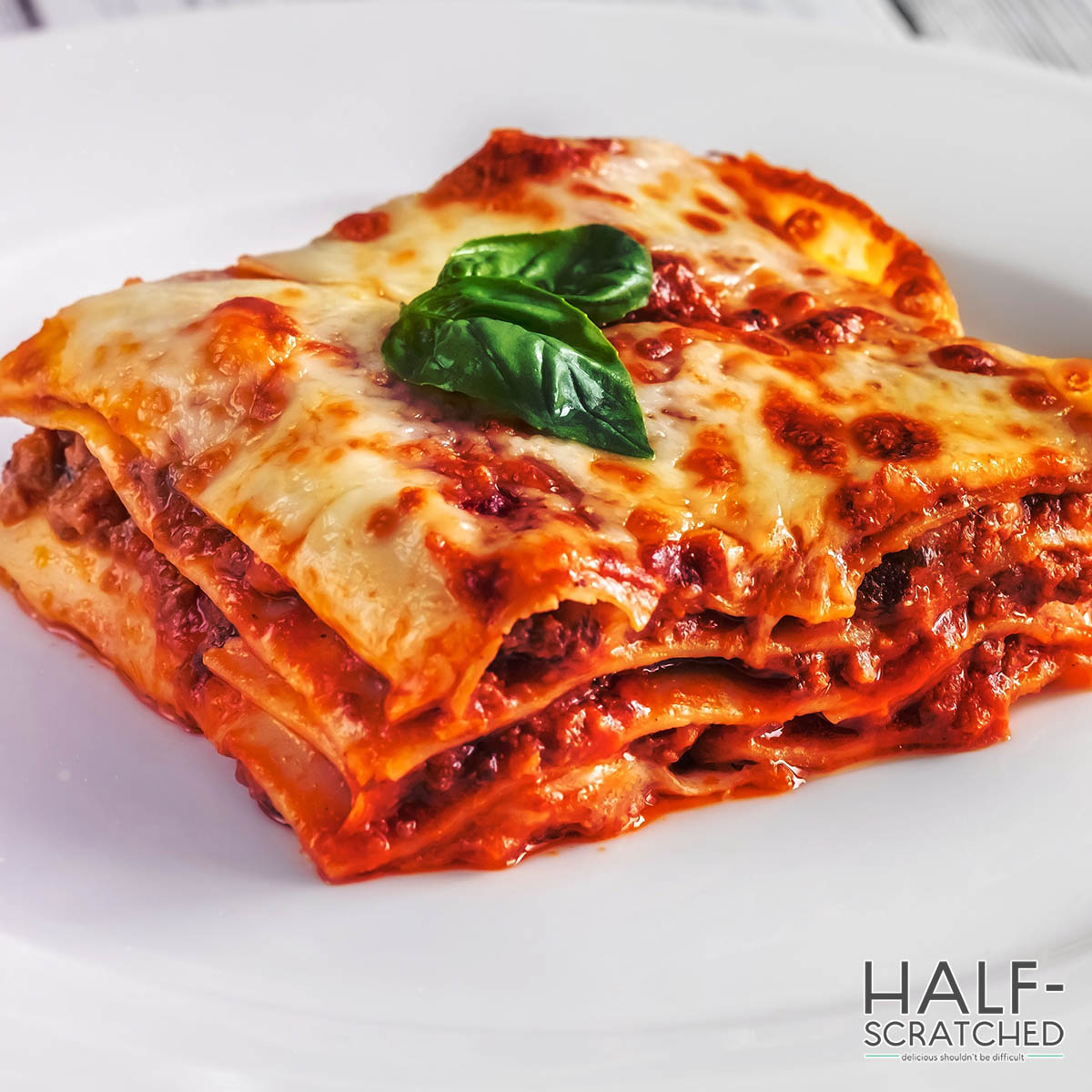
Some Frequently Asked Questions
Yes, you can prepare the lasagna ahead of time and freeze it before baking. To do this, assemble the lasagna as directed, but don’t bake it. Wrap the dish tightly with aluminum foil and place it in the freezer. When you’re ready to bake the lasagna, simply thaw it in the refrigerator overnight and bake as directed.
A properly stored lasagna will last for up to 4 days in the refrigerator. To ensure that your lasagna is safe to eat, be sure to store it in an airtight container.
If the top of your lasagna is burning, you can try reducing the oven temperature to 375°F and covering the dish with aluminum foil. This will help to keep the moisture in and shield the top layer from the direct heat of the oven.
If you own an air fryer, this is the best way to reheat lasagna. Preheat the air fryer to 350°F and set the timer for 5 minutes. If you don’t have an air fryer, you can reheat the lasagna in the oven at 350°F for about 20 minutes or until the dish is warmed through.
The best way to freeze lasagna is to first assemble the dish and then wrap it tightly with several layers of aluminum foil. This will help to protect the lasagna from freezer burn and will also make it easier to thaw and reheat the dish later. Be sure to label and date the dish before freezing.
Our Go-To Homemade Lasagna Recipe
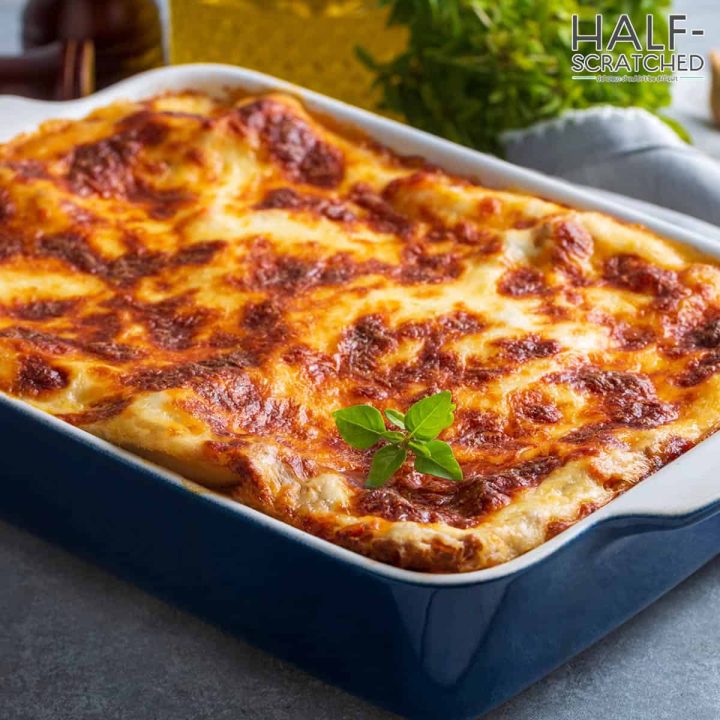
How Long to Bake Lasagna at 400 F
Learn the basics of baking lasagna, from adjusting baking times to adding helpful tips for a perfect dish.
Ingredients
For the Bechamel Sauce:
- 2 tablespoons butter
- 2 tablespoons all-purpose flour
- 2 cups milk
- Salt and pepper to taste
For the Filling:
- 1 pound ground beef
- 1 onion, diced
- 2 cloves garlic, minced
- 1 tablespoon of mixed Italian herbs (basil, parsley, oregano, thyme, and rosemary)
- 1 28-ounce can of crushed tomatoes
- 1 teaspoon sugar
For the Lasagna:
- 12 lasagna noodles
- 8 ounces of grated mozzarella cheese
- ½ cup grated Parmesan cheese
Instructions
- Preheat oven to 400°F.
- To make the bechamel sauce, melt the butter in a small saucepan over medium heat. Add the flour and whisk until combined. Lower the heat so as not to let the roux (flour/butter mixture) brown. Then, slowly add the milk, whisking continuously until the sauce is thickened. Season with salt and pepper to taste. Set aside.
- To make the filling, heat a large skillet over medium-high heat. Add the ground beef, onion, and garlic. Cook until the beef is no longer pink and the vegetables are softened, about 8 minutes. Add the Italian seasoning, crushed tomatoes, sugar, and Worcestershire sauce. Simmer for 15 minutes, stirring occasionally.
- To assemble the lasagna, spread a thin layer of bechamel sauce on the bottom of a 9×13 baking dish. Top with 3 lasagna noodles, followed by ⅓ of the beef mixture, ⅓ of the mozzarella cheese, and another layer of bechamel sauce. Repeat this process two more times, ending with a layer of bechamel sauce. Sprinkle the Parmesan cheese over the top.
- Cover the lasagna with aluminum foil and bake for 45 minutes. Remove the foil and bake for an additional 10 minutes or until the cheese is golden and bubbly.
- Let the lasagna cool for 10 minutes before serving. Enjoy!
Nutrition Information:
Yield: 6 Serving Size: 1Amount Per Serving:Calories: 673Total Fat: 31gSaturated Fat: 15gTrans Fat: 1gUnsaturated Fat: 12gCholesterol: 121mgSodium: 823mgCarbohydrates: 56gFiber: 5gSugar: 12gProtein: 43g


Leave a Reply